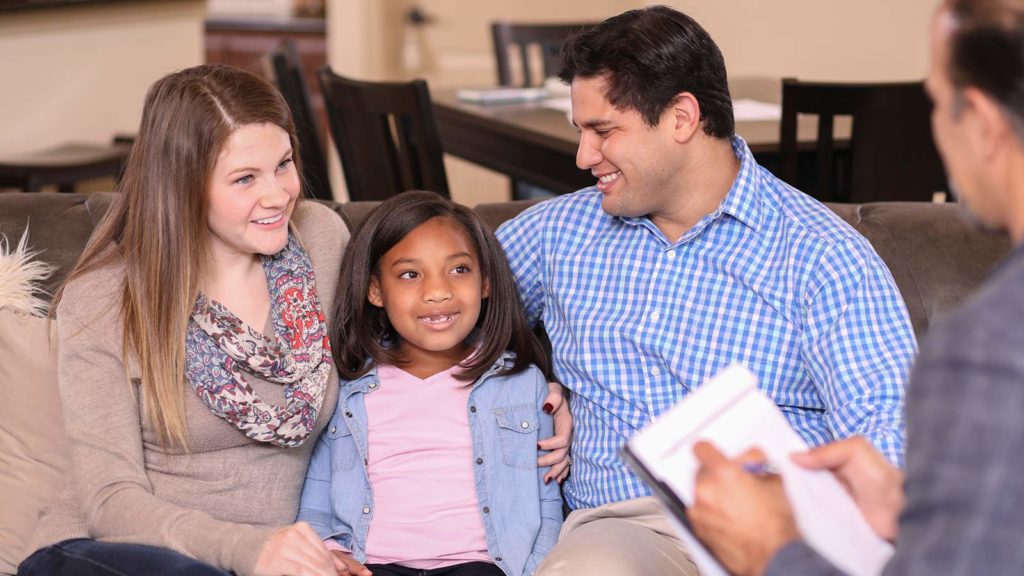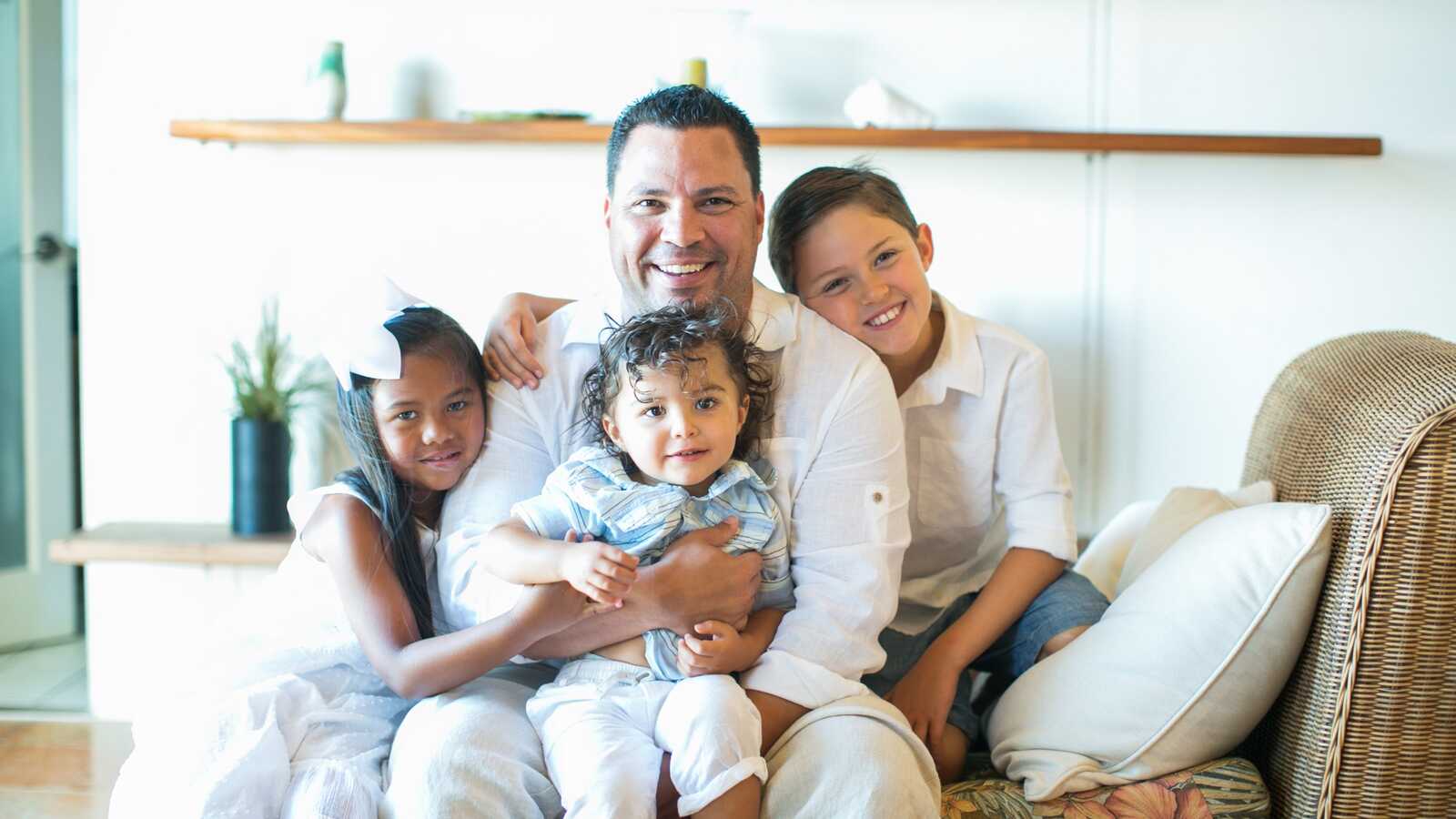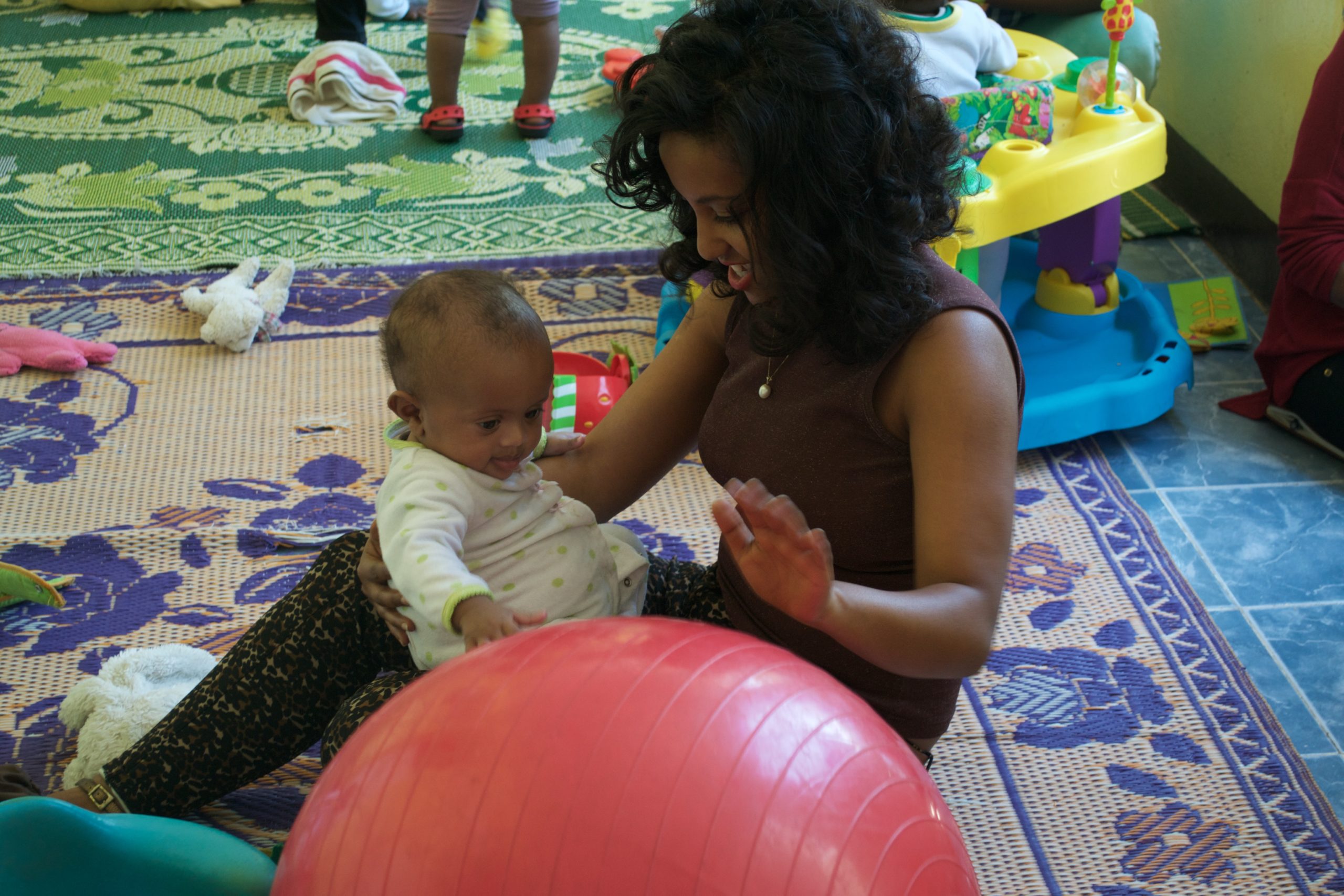The second year of life is full of change!
Understanding the key areas of young child development holistically helps parents and caregivers support successful transitions and developmental advancements as children hit certain milestones in their growth.
Here are the 7 key areas of young child development:
- Adaptive skills. Adaptive skills are a child’s daily, routine functions such as eating and sleeping. When a child starts to drink from an open cup with less support, tries to wash their own hands and face, and feeds themselves with hands and utensils, they are showing adaptive skills.
- Communication skills. Communication is connecting by sharing thoughts and feelings. Between 12 and 24 months, this can look like responding to simple instructions, repeating words, and using more single words or phrases and a vocabulary of at least 50 to 200 words.
- Fine and gross motor skills. Fine and gross motor skills include the physical movement of a child. For a child between 12 and 24 months, fine motor skills look like using utensils with greater ease, placing objects in containers and using one hand more often. Gross motor skills look like moving from hands and knees to standing without support, taking steps without support and beginning to walk up stairs.

Check out additional parenting resources!
View our expanded list of recommended parenting websites, books and other resources organized by topic.
- Cognitive skills. Cognitive skills exemplify a child’s brain working on reasoning and awareness of themselves and the world around them. This looks like pointing to gain attention and request items, enjoying pretend play, sorting objects by type, shape or color and using substitute objects to act as others (for example, using a stick as a spoon, a brush as a phone, etc.).
- Social-emotional skills. Social-emotional skills are learned through interaction and relationships. In children between 12 and 24 months, this can look like attempting to comfort others who are upset or in distress, looking to caregivers for reassurance when faced with something new, showing defiant behavior (not doing what they are told to do) and asking for help when having trouble.
- Vision skills. A child can show their vision skills by judging distance with greater accuracy, recognizing their own face in a mirror and finding specific items in a picture as they turn 24 months.
- Hearing skills. A child can show their hearing skills by making more sounds, learning more words and responding to more complex directions with greater ease as they near 24 months.
Holistic View of Young Child Development
To look at something holistically means to not only see the individual parts but how they work together. Skills that children acquire must be viewed holistically. All areas of development are connected and influenced by one another. By understanding these basic milestones of development and how they work together, caregivers can more easily identify when development is going well and when there may be a problem.
For example, feeding is a complex process and all areas of development are involved. Even when just one area is not working well, it can create challenges for children and their caregivers. Therefore, it is critical to look at children broadly to understand their full range of capacities and needs.
Example of a Holisitc View of Feeding (12 to 24 Months)
| Developmental Area | Developmental Milestones (Skills) |
|---|---|
| Adaptive | Child receives good rest at night and daily naps. |
| Motor Communication Cognitive | Child reaches for food when hungry or says “water” when thirsty. |
| Social-Emotional Communication Vision | Child shouts with joy when she sees her caregiver bringing food. |
| Social-Emotional Communication Hearing | Child smiles and speaks when fed and spoken to by his caregiver. |
| Adaptive Motor Cognitive | Child sits upright in a chair and feeds herself food using her hands and a spoon. |
| Communication Cognitive | Child shows an understanding of simple directions given during meals (“Time to eat,” “Wash your hands,” “All done”). |

Receive Post Adoption Coaching & Education
All parents encounter challenges as their children grow up. And sometimes, issues may arise that leave you uncertain as to how best to respond. But not every issue requires therapy or counseling. The PACE program is here to help during those times.


